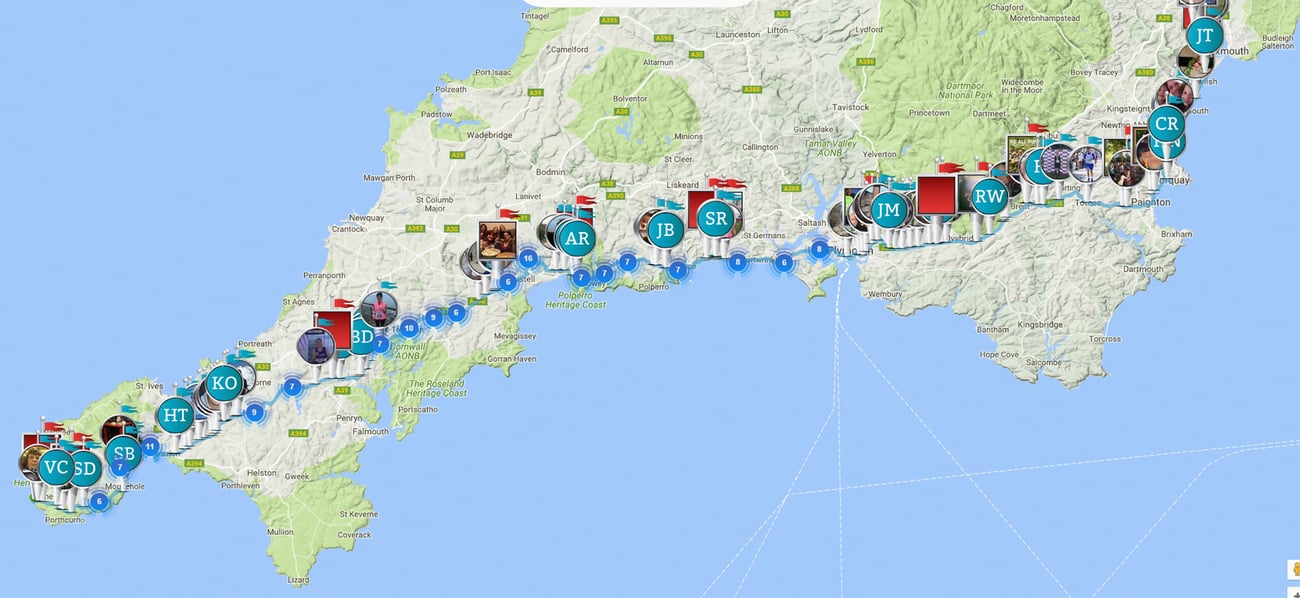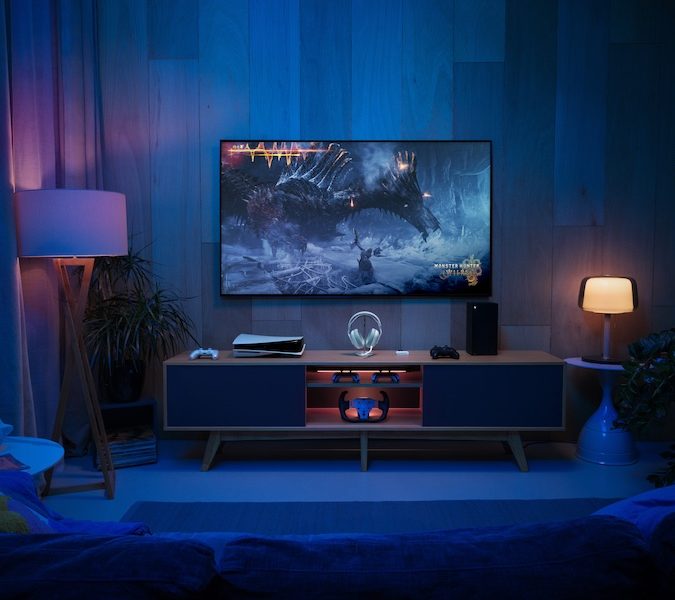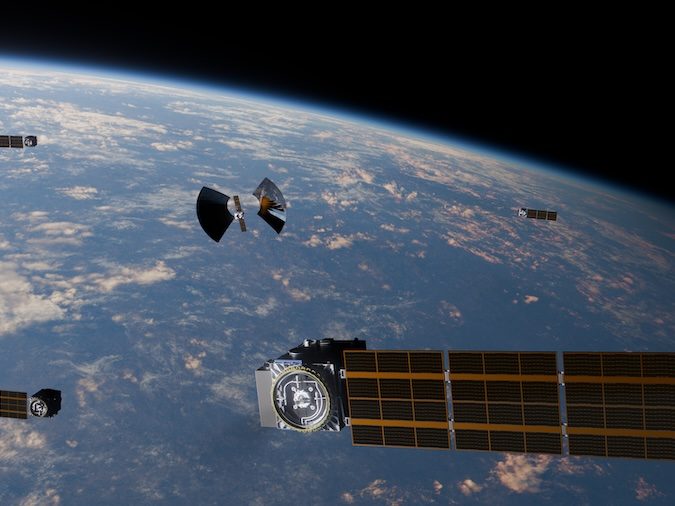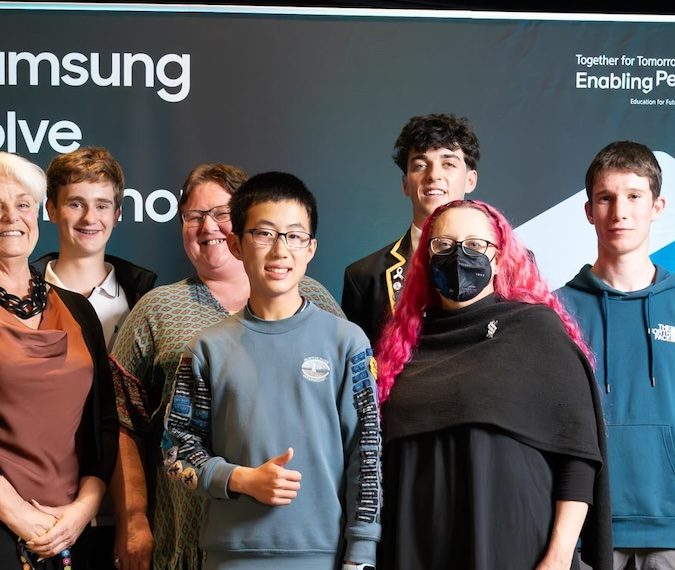
My Virtual Mission received a top 25 honourable mention in the 2016 ‘Best powered-by-Strava apps list’ for its convincing success overseas, but it has yet to make waves in New Zealand.

Nearly 14,000 products are connected to the Strava – a social network for athletes. Earlier this year, Strava hosted a developer challenge to showcase the innovation and authenticity of its developer community. Of the nearly 100 submissions, My Virtual Mission was placed in the top 25.
My Virtual Mission director and founder Adam El-Agez says the app’s inclusion on the list was a welcome surprise. “We put an entry in and I felt like we did really fit the brief well but it was still a surprise,” he explains. “They have different criteria each year and this year it was focused around building a community and things that motivate people to exercise and that’s exactly what we do.”
My Virtual Mission is a goal-setting fitness app, launched in 2013, which enables individuals or groups to set up long distance “missions” between two points on a map and work towards completing the challenge with physical exercise. Missions include swimming the English Channel, running the length of New Zealand and cycling Route 66. Every kilometre of tracked exercise takes users closer to achieving their goals.

My Virtual Mission’s connection to Strava enables users to automatically send their distances to their mission, which eliminates the need to manually log distances. My Virtual Mission also connects with other popular fitness apps such as Fitbit. Runkeeper and Under Armour apps.
El-Agez says the reason the app is not yet big in New Zealand is a conscious decision.
“We don’t promote it here because it’s a fairly niche app and the market is a lot larger in the US and UK. The concept of virtual fitness is already an industry in those countries and we were keen to fit into an existing market.”
Plans to expand into the New Zealand market are on the books for 2017, with a length on New Zealand virtual challenge. The fitness technology market is growing hugely, 19 million people are scheduled to buy fitness wearables this year alone, and companies have to grow with the industry, El-Agez says.
“Our mission is setting goals and conquering them, rather than just collecting data. That’s how My Virtual Mission is different from other apps on the market.”
Do fitness trackers motivate us to exercise?
Fitness trackers, both apps and fitness wearables, have become the must-have gadget worldwide. The mass adoption of wearable technology has created a new incentive culture of exercise – where users are constantly striving to reach new goals (or beat others). Or are they?
Scientists at Duke-NUS Medical School in Singapore recently conducted a year-long study which concluded fitness trackers are unlikely to make users healthier. Of the 800 people researched, only those with cash incentives to reach their daily goal recorded increases in physical activity in the first six months of the study.
The Ministry of Health recommends adults engage in at least 2.5 hours of moderate or 1.25 hours of vigorous physical activity throughout the week. Given that nearly half of Kiwis fail to do the recommended amount of exercise, it was hoped fitness trackers could improve health by reminding people to stay active.
Another two-year study by the University of Pittsburgh showed the average person on a weight loss programme can cut more pounds without a workout wearable.
But despite lack of scientific evidence to support the usefulness of fitness trackers for weight-loss and general health, the trend continues to be on the rise. The secret to fitness trackers’ effectiveness is generally: does the user want to change?

Katherine Milkman
Temptation bundling, a term coined by Katherine Milkman – an associate professor at The Wharton School at the University of Pennsylvania – is the act of combining a guilty pleasure with an activity you know you should do.
For those who struggle with willpower, temptation bundling can trick you into enjoying an activity you might usually try to avoid – such as watching your favourite television show while working out at the gym.
The same phenomenon applies to fitness trackers, where tangible goals such as running 10km can be transformed into running the Yosemite Valley Loop. Fitness trackers combine fun and data collection by tapping into a market of gadget-geeks and weekend fitness warriors who crave tracking progress.
Adam El-Agez says fitness trackers are the same as any self-betterment programme: you get out what you put in. “No matter how many gadgets people wear, you still have to motivated to do the exercise,” he says. “If you can solve the problem of fitness motivation – that is everything. People need to get up and move around but they have to want to as well.”
While fitness trackers might not be motivating the masses to exercise, they seem to be increasing the likelihood of casual athletes striving to achieve more fitness goals.




